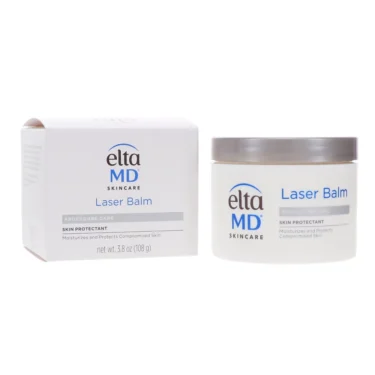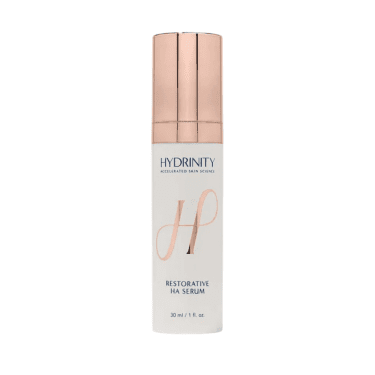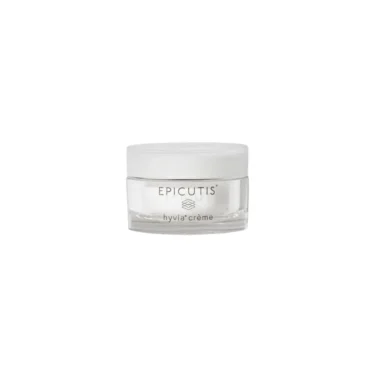It’s fair to say that facelifts are having more than a moment right now. The procedure designed to lift, tighten, shape and contour has become more popular than ever, thanks to new innovations and advanced techniques. But the procedure isn’t the only thing that has been modernized. In its 2.0 era, facelifts are being performed with optimal rejuvenation in mind. From the operating room to the recovery period at home, post-facelift skin care is a step that deserves just as much attention. Ahead, we’re breaking down what that looks like with expert insight.
Featured Experts
Common Skin Issues After a Facelift
After a facelift, the skin enters a delicate phase of healing that requires extra care. “Minimizing inflammation, avoiding irritation and supporting the skin’s natural regenerative processes should be the primary concerns after a procedure,” says New York plastic surgeon Konstantin Vasyukevich, MD. It’s not uncommon for patients to experience temporary skin issues, such as redness, a heightened sensitivity, dryness or mild flaking. While this is normal, the skin needs to be managed gently. “Avoiding unnecessary preservatives and fragranced skin care products is essential following your procedure,” agrees New York plastic surgeon, Elie Levine, MD, and New York dermatologist Jody A. Levine, MD.
Hydration is especially important during recovery. New York plastic surgeon Oren Tepper, MD, cautions against using vasoconstrictive ingredients or products that restrict circulation, as they can compromise blood flow and skin healing.
Building Your New Routine
Gentleness is the key term to remember following your facelift. “A simple approach, using the basics, such as a gentle cleanser, fragrance-free moisturizer and broad-spectrum physical sunscreen, is best,” says Dr. Konstantin. In the early stages of healing, your skin-care routine should focus on hydrating and protecting the skin. The products in your routine should speak to those needs. “Petrolatum-based items, for example, can be used to boost hydration and retain moisture,” says Dr. Elie Levine and Dr. Jody Levine.
In this phase, less is more. “Look for products that soothe the skin and formulations with nourishing skin care ingredients, not actives,” says Dr. Konstantin. Think: hyaluronic acid, ceramides, niacinamide and peptides, which help reinforce the skin’s moisture barrier and promote healthy cell repair. “When the skin barrier is compromised, it slows healing time for the patient,” says Greenwich Street Aesthetics esthetician, Brenna LaRocque. However, a routine with hydrating, barrier-supportive skin care products can support the skin’s recovery and regeneration.
Treatments may also be helpful. According to Dr. Jody Levine, CO2 masks can greatly enhance healing. “During this time, the goal is about optimizing the skin as it mends. Adding a topical antibiotic like Mupirocin can also be ideal,” says Dr. Jody Levine.
Products to Avoid
According to Dr. Elie Levine and Dr. Jody Levine, acids, retinoids and any irritating ingredients, such as benzoyl peroxide, should be avoided for at least two weeks after your procedure. Physical scrubs and products with strong fragrance or alcohol content should also be shelved during the healing process. “Exfoliating products can irritate the skin, while those with harsh ingredients can be potentially sensitizing,” adds Dr. Konstantin. If you have sensitive skin in general, Dr. Konstantin adds that extending the period from two weeks to two months can be helpful.
Protecting your skin during this delicate phase also means being extra careful about sun exposure. In the initial healing period, avoiding exposure as much as possible is important. When you begin venturing out, sunscreen is essential.
As for makeup, Dr. Tepper says that it’s best to steer clear until your surgeon confirms the incisions are fully healed; the same goes for scar care. “Once given the clearance, you can begin incorporating corrective skincare products into the routine to support scar maturation and minimize the appearance of scars,” says Dr. Tepper.
Your Routine After Healing
“Once healing is complete, the focus shifts from recovery to preservation,” says Dr. Konstantin. The shift also applies to your skin-care routine. With your skin no longer in the healing phase, you can begin adjusting your daily and evening regimens. “Incorporating retinoids, exfoliants and antioxidant protection into a balanced routine can dramatically enhance and prolong your surgical results,” says Dr. Konstantin.
Facelift recovery doesn’t end with skin care, though. For optimal results, LaRocque says treatments such as lymphatic-massage-based facials and red light therapy can be beneficial. “While facelifts effectively restore facial structure and contour, residual skin concerns such as pigmentation and dullness are common. Treating these issues plays an important role in achieving optimal rejuvenation,” says Dr. Tepper.
Products to Try
Beauty Products

Bath and Body Set, Spa Gifts for Wo...

Nutrafol Men’s Hair Growth Su...

Kosas Revealer Concealer – Me...

Revlon Face Roller, Oily Skin Contr...

Sea-Maid Plumping Lip Oil, Hydratin...

Julep Eyeshadow 101 Cream-to-Powder...

Hicober Microfiber Hair Towel, Hair...







